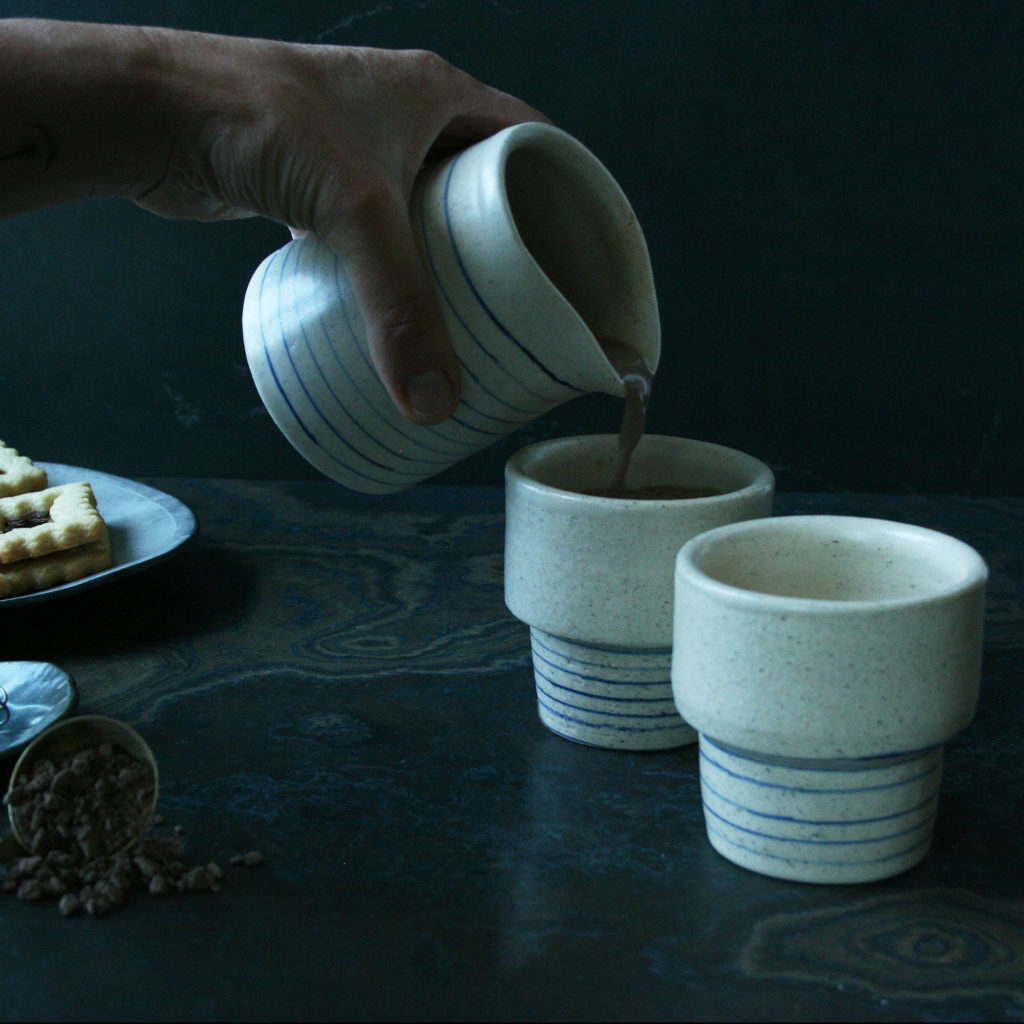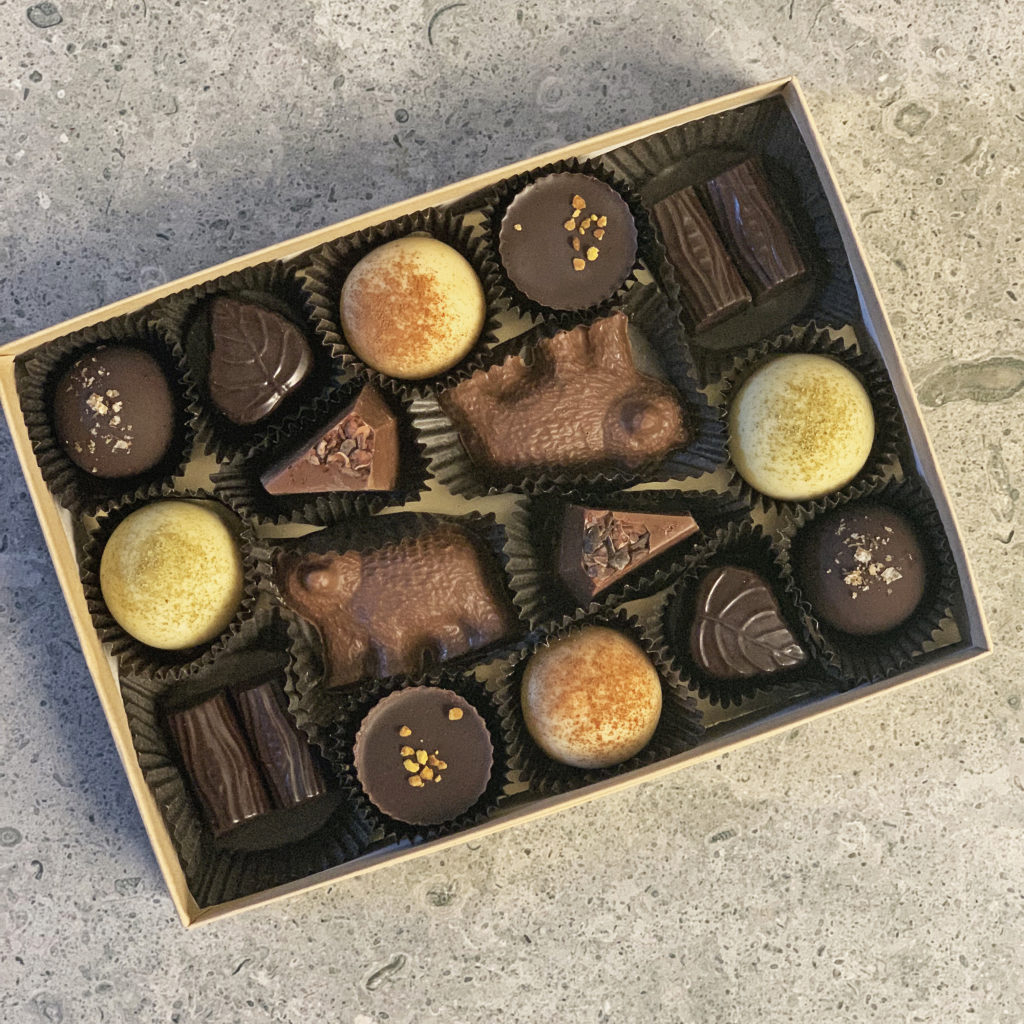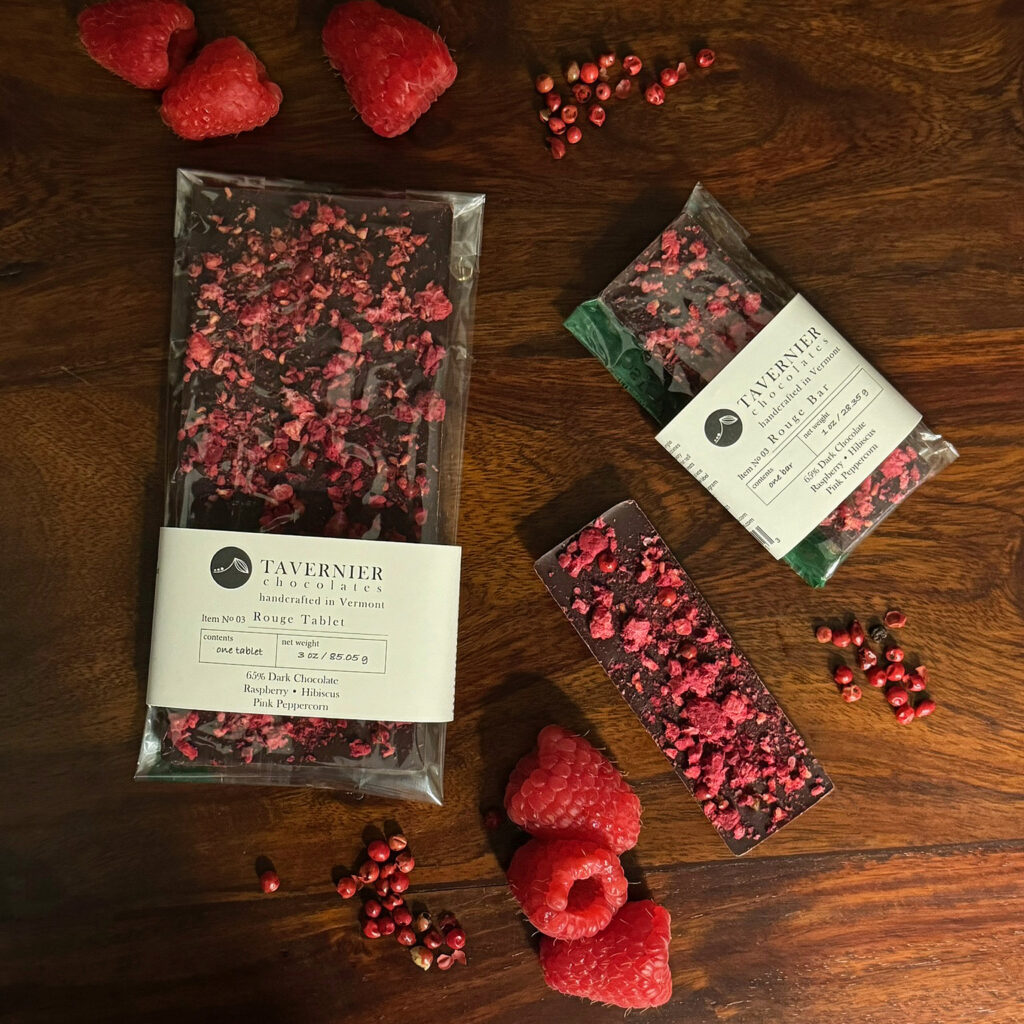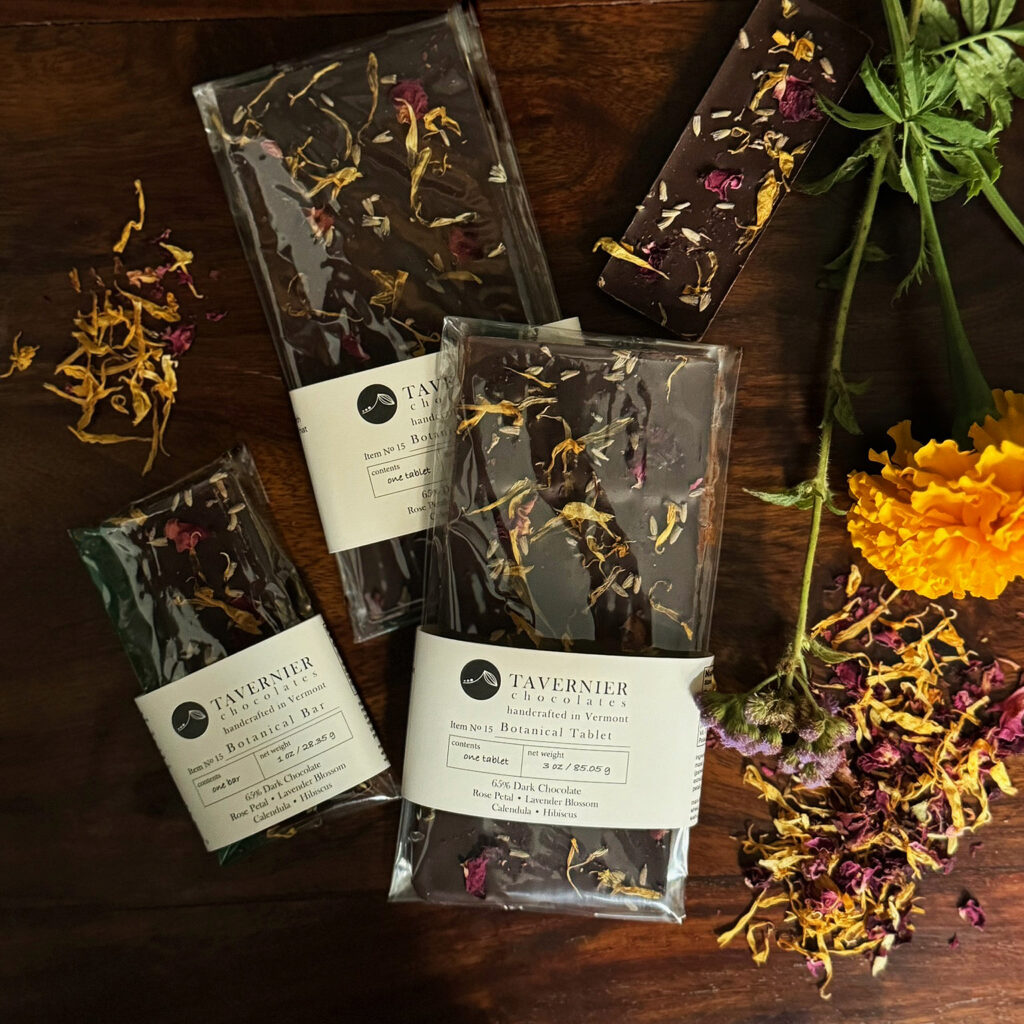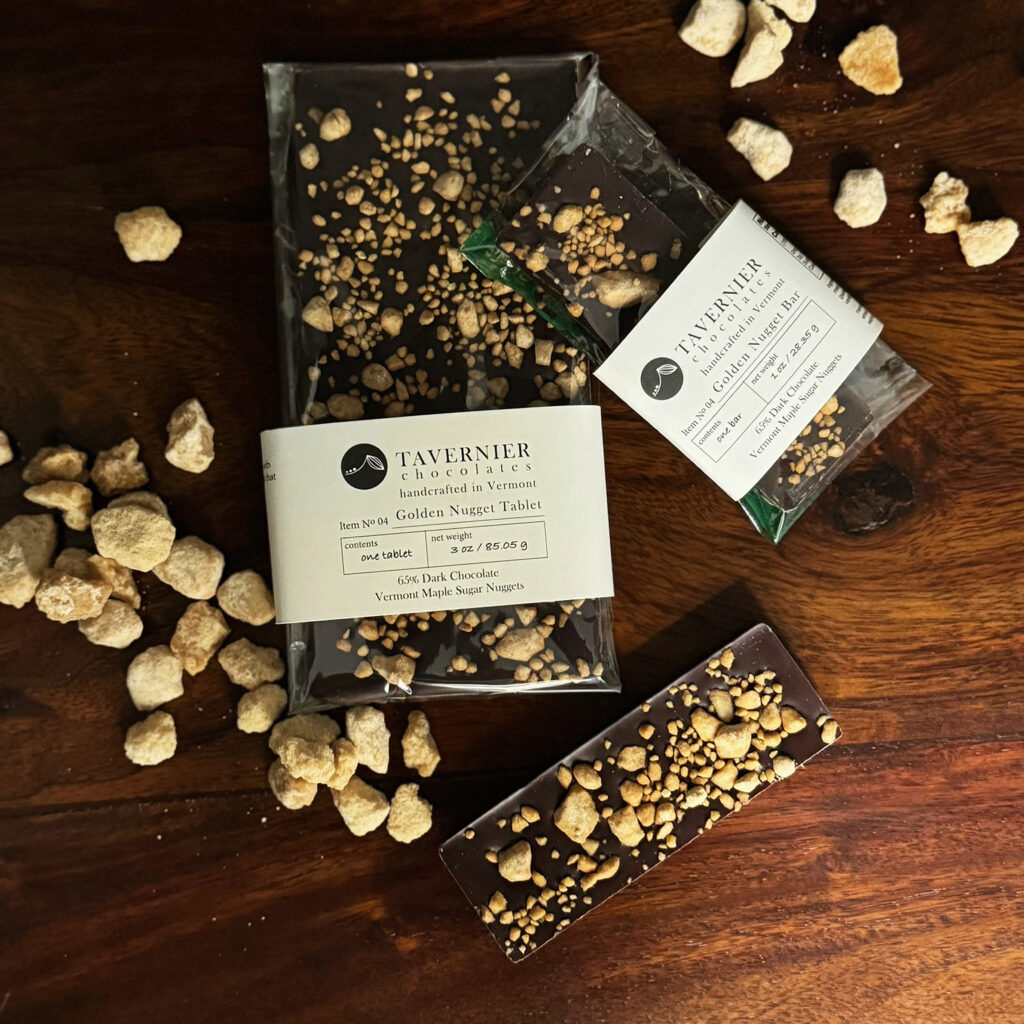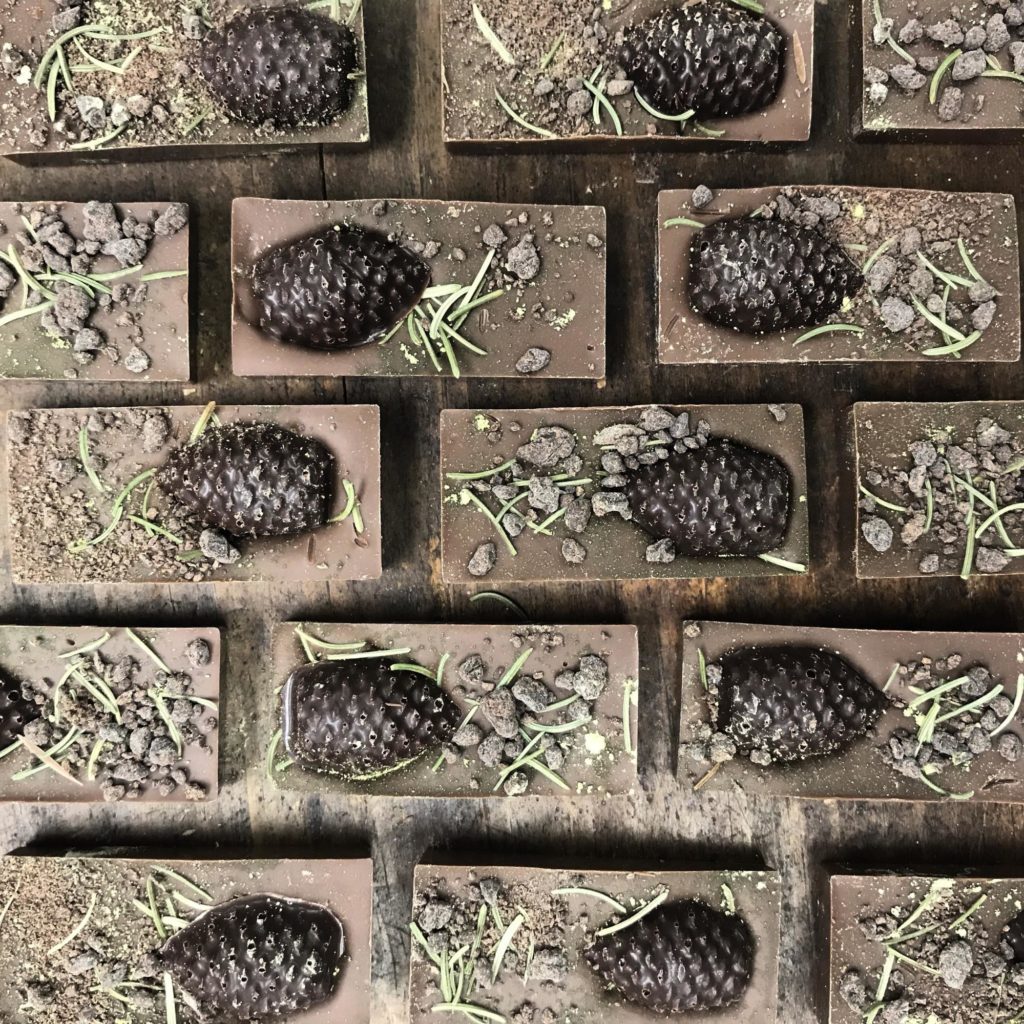A little about aphrodisiacs
Is chocolate your love language? To celebrate a romantic day or holiday (hello, Valentine’s), or treat yourself or a partner to an erogenous romp, foods that contribute to an amorous experience can make the occasion all the more fun and memorable. Many foodstuffs, notably cacao, are known for their aphrodisiacal qualities from traditional folklore to the scientifically tested and proven. So what makes a food an aphrodisiac, and does it have to be scientifically proven to create a sensual and erotic experience?
Who hasn’t been transported to a memory or been attracted to the aroma wafting from the perfume on someone’s skin, a bouquet of fresh flowers, or a candle filling a room with its light and scent, enjoying a sensual dessert with luscious fruits and chocolate, savoring an herbal, bittersweet cocktail or a glass of wine, all setting the ambience for a romantic evening?
We’ll keep our exploration limited to the edibles we have used when creating appetitive treats, starting with our centerpiece, chocolate. This is not a deep dive, and certainly there is much more to study, discover and learn historically, culturally and scientifically. While many foods can be deemed aphrodisiacs, we think it can be exciting to delve in and explore what works for you, honor it, and have fun with it!
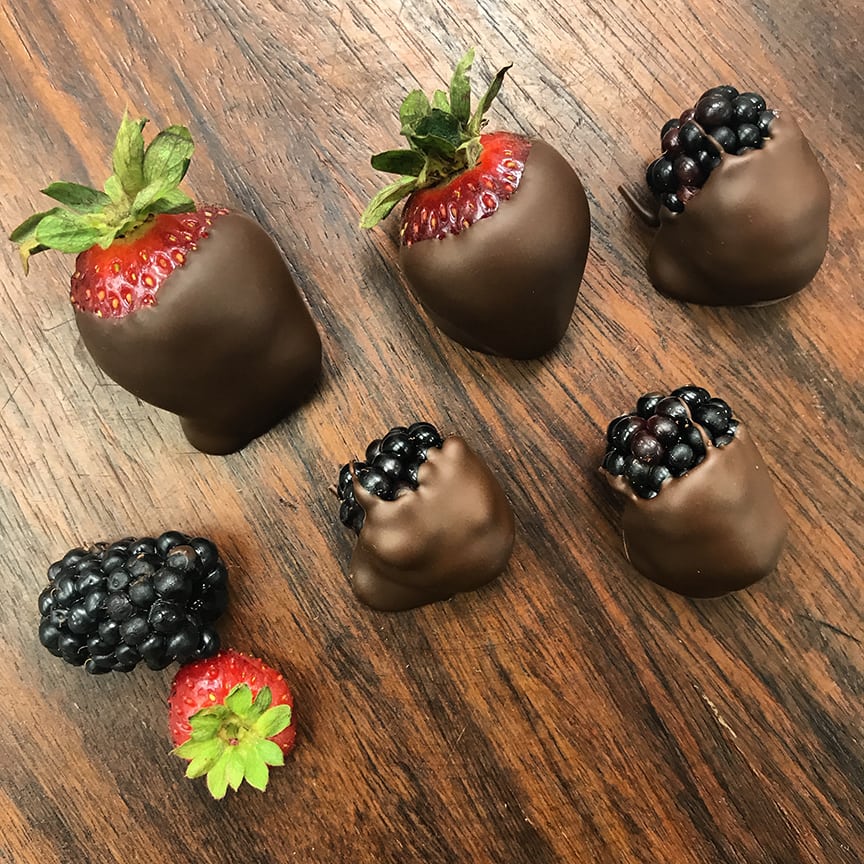
Chocolate is known for its mood-enhancing effects. Containing phytochemicals like tryptophan that help elevate mood and arousal, and a stimulant called phenethylamine that is released in the brain when we fall in love, it has long been a food people turn to when they have romance on their mind. Flavanols contained in chocolate dilate blood vessels, providing more blood flow to those aroused body parts that take center stage in our amorous pursuits. Flavanols are also found in red wine, berries, apples, citrus fruits, and green and black teas, all things that also pair deliciously with chocolate. Chocolate’s sensual mouthfeel and the fact that it melts at human body temperature also helps make it a particularly sybaritic treat.
Cacao is considered sacred by the Maya and other indigenous Mesoamerican and South American cultures. Historically the Maya used cacao for medicinal, religious and commercial purposes, and traded it for food, clothing, and services, including the sexual. The Aztec ruler Montezuma is said to have imbibed 50 cups of chocolate each day to maintain the carnal vigor necessary to attend to his many wives. And Casanova, Italian author and gastronome infamous for his sexual escapades called chocolate “the elixir of love”, drinking unsweetened chocolate before setting off on an erotic adventure.
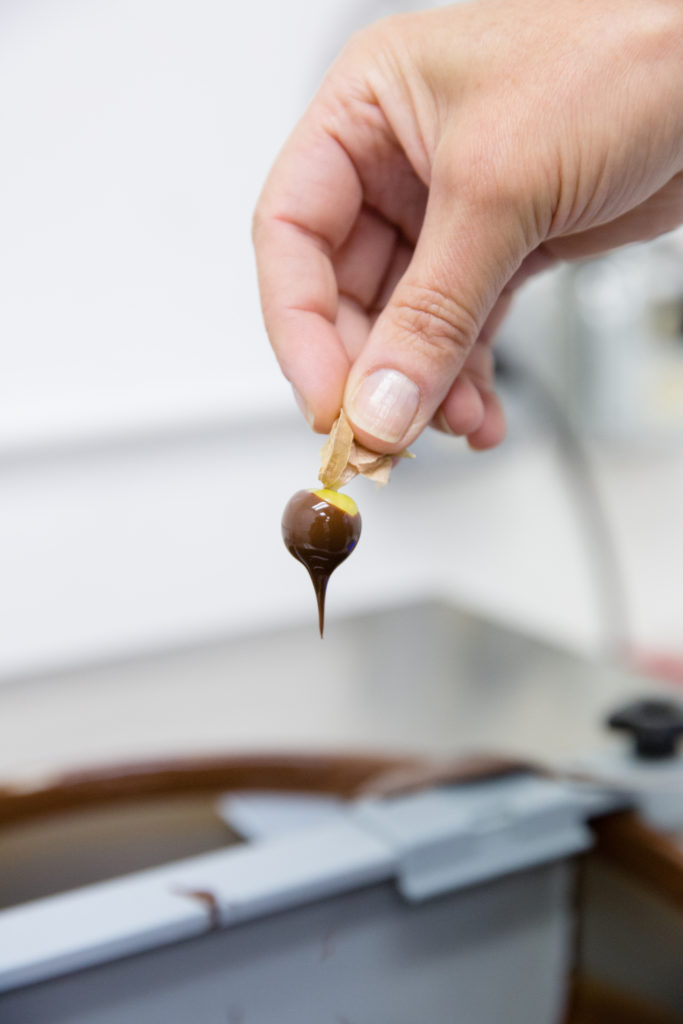
Honey is a term of endearment, and a honeymoon marks the beginning of a marriage with a sweet and lusty escape. Honey has long symbolized fertility in different cultures, and is revered as the nectar of the Greek goddess of sexual love and aphrodisiac’s namesake, Aphrodite. Pine nuts preserved in honey, or concoctions combining honey and pepper or walnuts are believed to be potent aphrodisiacs in Greek traditions. Honey was extensively studied by Hippocrates and he used it in a range of medicinal concoctions, including those to promote sexual vigor. A bee sting according to French folklore was like being given a straight aphrodisiac shot, mixing pain with pleasure, indeed. Among the multitude of chemicals, minerals and nutrients contained in honey, boron may help regulate hormone levels and honey may increase nitric oxide levels in the blood, a substance that released during arousal that helps relax and open your blood vessels. And getting the blood circulating is of utmost importance during carnal adventures!
Nuts, notably the substances in walnuts which create nitric oxide in the body, as well as the alpha-linolenic acid in almonds and magnesium in hazelnuts, all help to increase blood flow, as do apples, the notorious fruit which Eve used to tempt Adam in biblical writings. The polyphenols and antioxidants contained within apples help stimulate blood flow to those regions aiding in arousal.
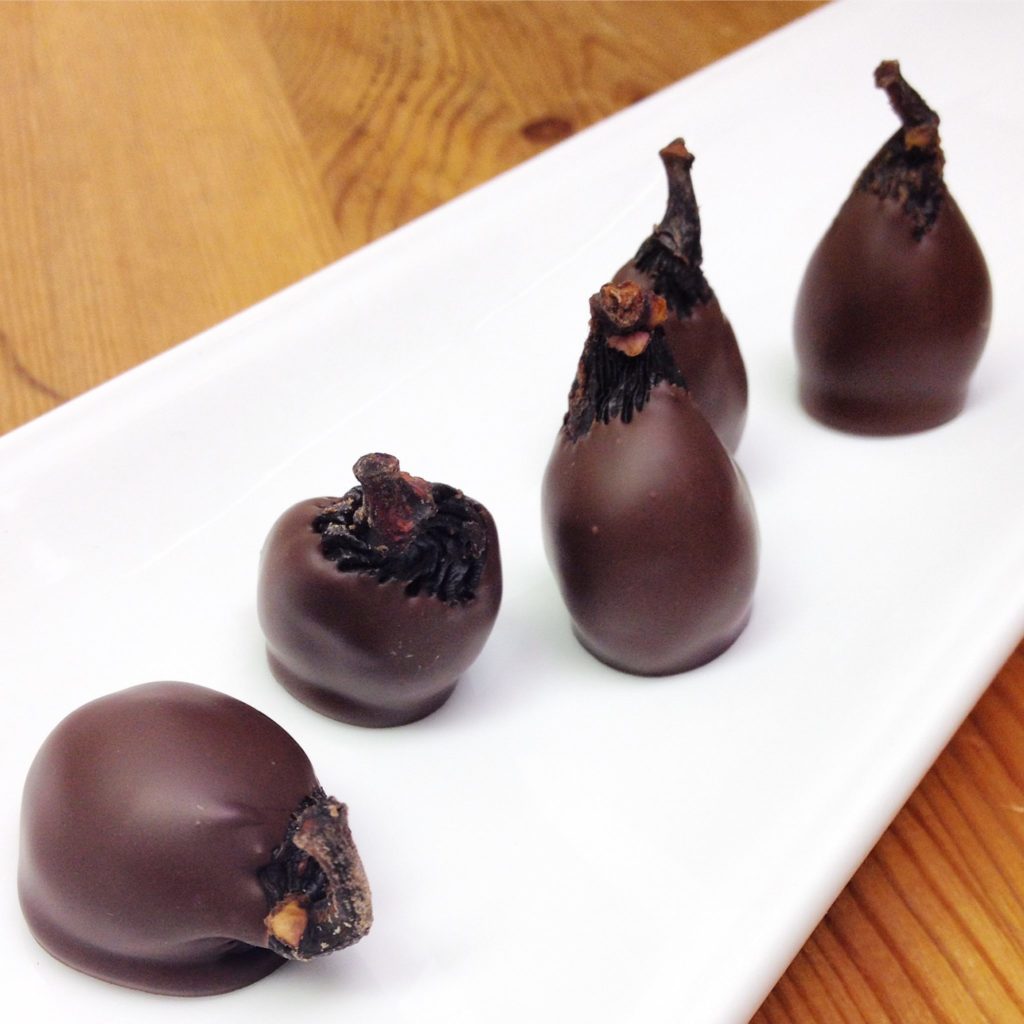
Figs and their erotic shape and texture have been associated with sexuality in many cultures, and are believed to have been the infamously amorous Cleopatra’s favorite fruit.
Beetroot is another aphrodisiac recognized by many cultures. The ancient Romans believed that beets and beet juice inspired amative feelings, and the walls of the Lupanare brothel in Pompeii are decorated with frescoes of beets as inspiration. The Greek goddess Aphrodite ate beets to intensify her appeal. The tryptophan and betaine contained in beets promote feelings of well-being, and their high boron content helps increase the level of sex hormones in our bodies. Combine naturally sweet and earthy beets with berries and chocolate and boom, you have a sexy little concoction sure to trip the pleasure centers of the brain.
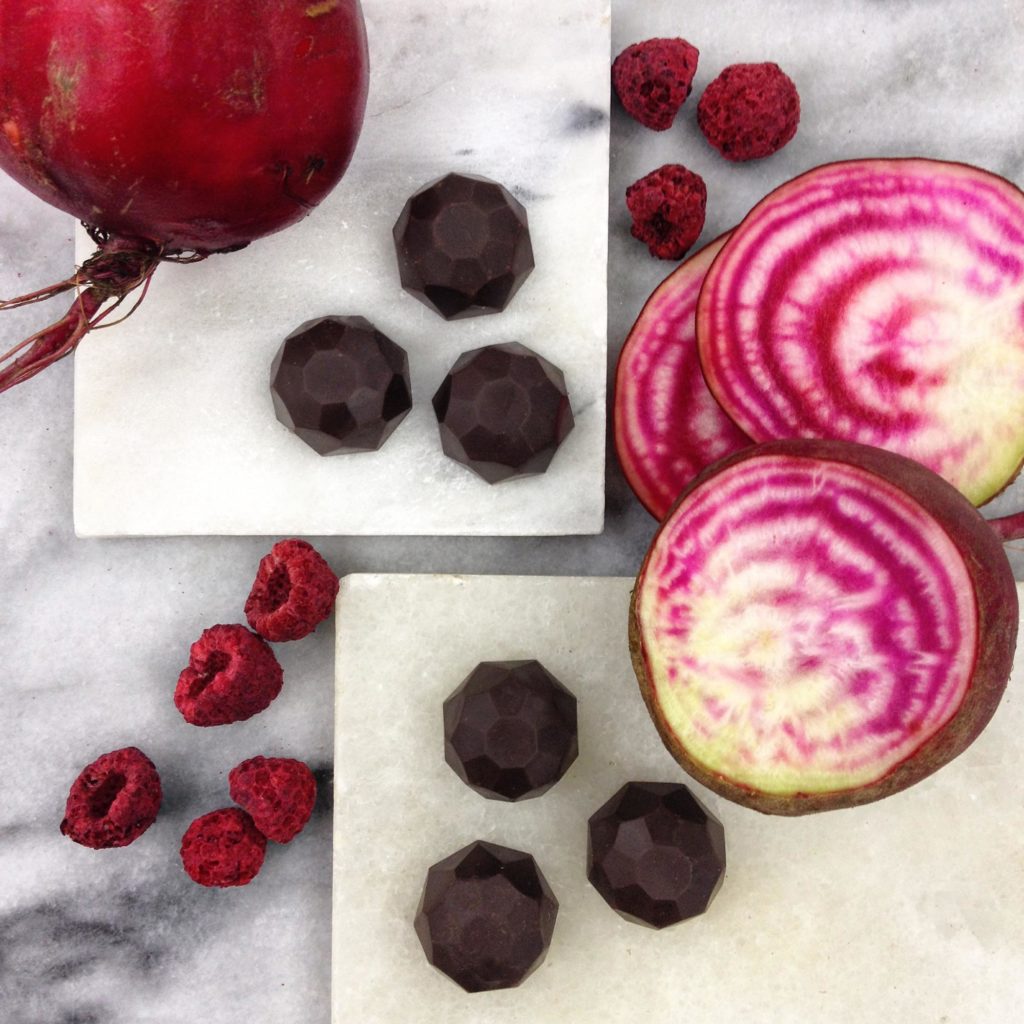
Salt makes up about 0.4% of the human body’s weight, and the sodium contained in salt is important in small amounts to maintain the correct balance of water and minerals in the body, as well as to aid in the transmission of nerve impulses, and relax and contract muscles. Every time we sweat we lose some salt, so replenishing it during, ahem, an athletic pursuit, is of utmost importance to maintain stamina. Aphrodite, who according to Greek myth was born of the cast-of genitalia of Uranos in the salty briny sea, is sometimes depicted holding a little bag of salt in her hand. Salt, of course, can be detrimental to our health in large quantities, but small quantities of mineral-rich salts can not only replenish those trace minerals we lose when we sweat, but enhance the flavor of foods to help create more of a sumptuous experience and recall the taste of sweat on our own bodies, erogenous indeed.
Maple syrup, made from the sap, the very lifeblood, of the sugar maple tree, is used as a medicine and tonic by indigenous peoples. A rich source of zinc, a nutrient essential for healthy blood flow (and we know blood flow is important for arousal and orgasm), zinc helps with normal reproductive system function, and verily zinc deficiency can cause low testosterone levels and the risk of male infertility. Containing a host of micronutrients and trace minerals, including manganese which helps the body produce sex hormones, this sweet elixir is a luscious way to add a little vavoom to your romantic feast.
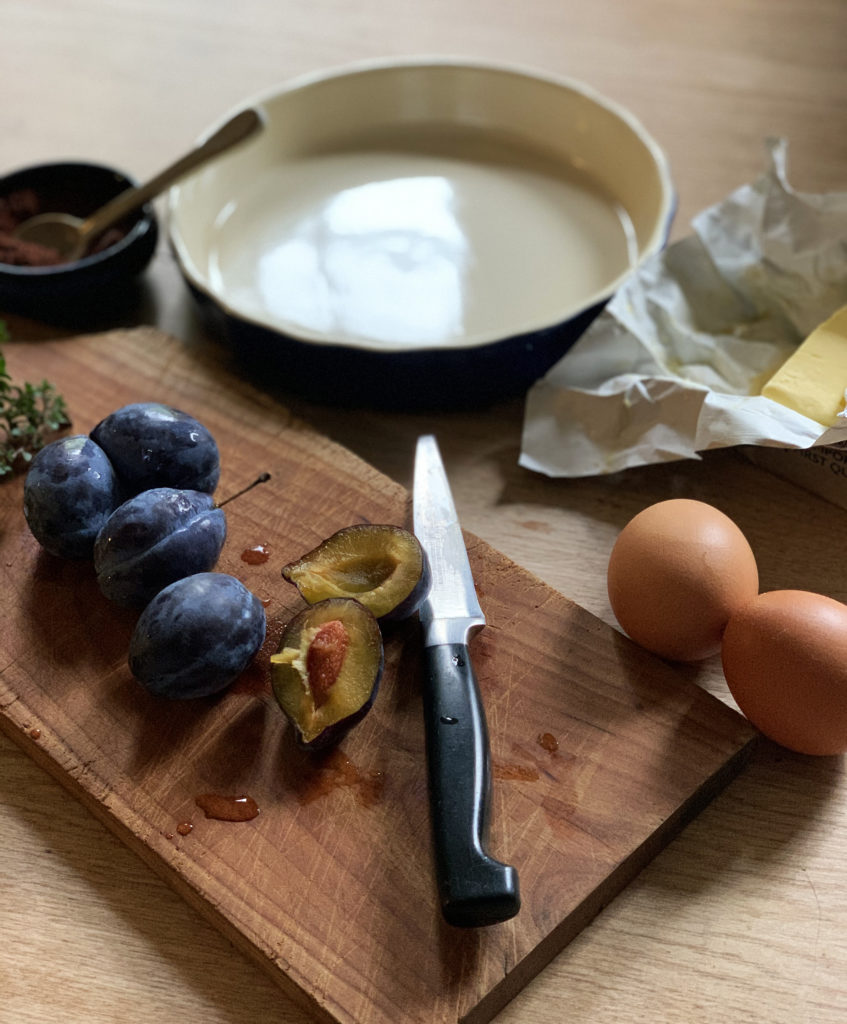
American ginseng is an herb used by many native peoples medicinally, including the Meskwaki people of the Great Lakes region who use it as both an aphrodisiac and for female reproductive problems, and as a panacea. In traditional Chinese medicine it is used for nourishing the yin, which is associated with moisture, cooling, and nourishment when there is excess heat and dryness. Ginseng’s flavor blends with chocolate in a wonderful and fascinating way, and we will make micro batches of chocolate delights when we find it on foraging expeditions so keep your eyes peeled (and tastebuds and nether-regions) this summer.
Alcohol relaxes blood vessels and verily inhibitions too, although too much inhibits sexual performance and can put you in a dangerous and vulnerable place if you overindulge, so moderation is called for! Paired with some of the aforementioned foods like chocolate, fruits and nuts, a craft beer, a glass of wine or a snifter of brandy, bourbon or whiskey can create a romantic flavor exploration to luxuriate in and get you in the mood.
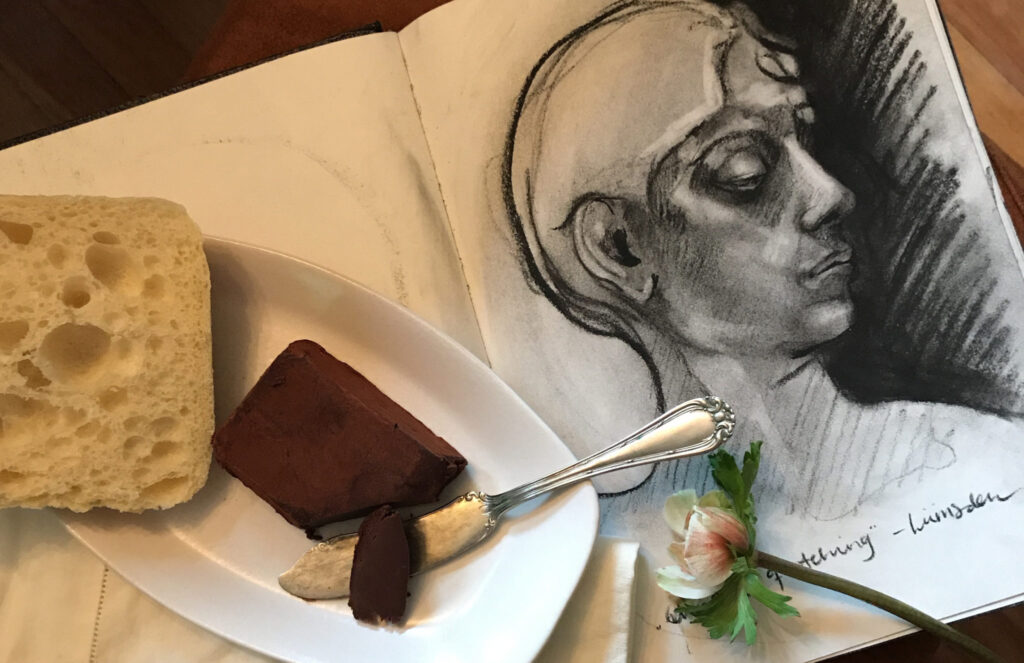
And let’s not underestimate the power of suggestion, something our species is especially affected by. Florals and fruits (hello rose petals as velvety as skin and saffron’s seductive stigma and styles, the brightly colored sexual parts of the flower that contain the compound crocin, found in studies to be effective in boosting sexual stamina and libido) with evocative and phallic shapes, aromas and juiciness that bring to mind sex, as well as velvety and unctuous chocolate that melts at body temperature. Since we are highly visual and tactile creatures that create associations between our senses and feelings, mere suggestion is enough to put many a human in an amorous mood.
During Valentine’s Day we create collections of chocolates and sipping cocoa elixirs that explore these purported aphrodisiacal ingredients. We also make many bonbons, charcuterie and bars throughout the year that contain these luscious and lascivious ingredients, and have come up with a bevy of delicious pairing ideas and recipes you can enjoy anytime, because love and lustiness are not just for Valentine’s Day, no?
